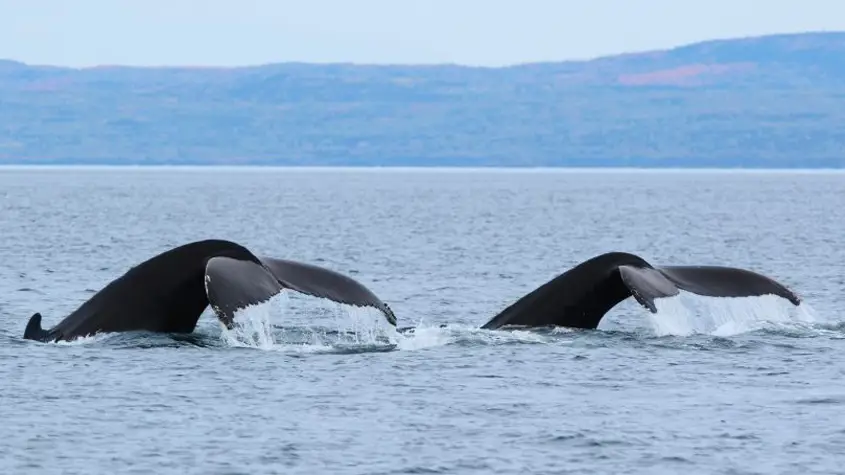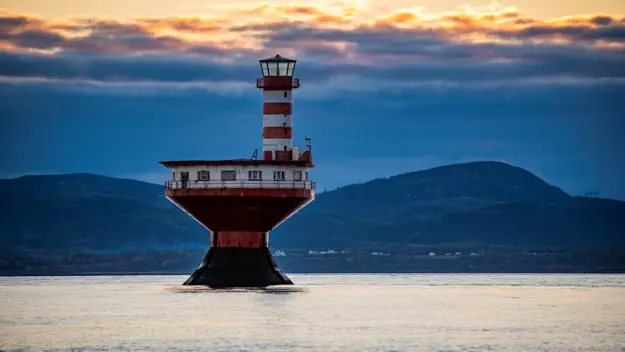The St. Lawrence River abounds with whales, thus making it an ideal observation site for marine mammals. Why do they settle there? Whales crowd the river because food-wise, it is like a buffet to them.
Fauna of the St. Lawrence River
There are thirteen different species of marine mammals in the St. Lawrence. Whales have taken up residence in the river due to the abundance of krill that they enjoy! Krill is a small crustacean that looks like a shrimp and is the basis of the whales’ diet. For example, a 100-ton whale needs two to four tons of krill daily to meet its energy needs.
Food provisions
The Saguenay-St. Lawrence Marine Park is an area where the largest amount of krill is found in all the waters north west of the Atlantic. Thus, the head of the Laurentian Channel, off the coast of Tadoussac, is an ideal place for whale observation since it is an enormous feeding ground for whales.
Marine life Observation
The observation of marine mammals, north of the St. Lawrence River, is a must activity for marine enthusiasts. The North-Shore lives up to its name of Whale Route, since thirteen different species can be observed between Tadoussac and Blanc-Sablon, including the great blue whale, the largest mammal on earth, which is occasionally spotted in the estuary of the river. Be on the lookout because it is rarely visible.
The St. Lawrence, with its natural food reserves, is the ideal home for whales and a prized location for marine life observation. You would love to see them closer? AML Cruises offers excursions aboard a Zodiac or a boat: choose your experience!




